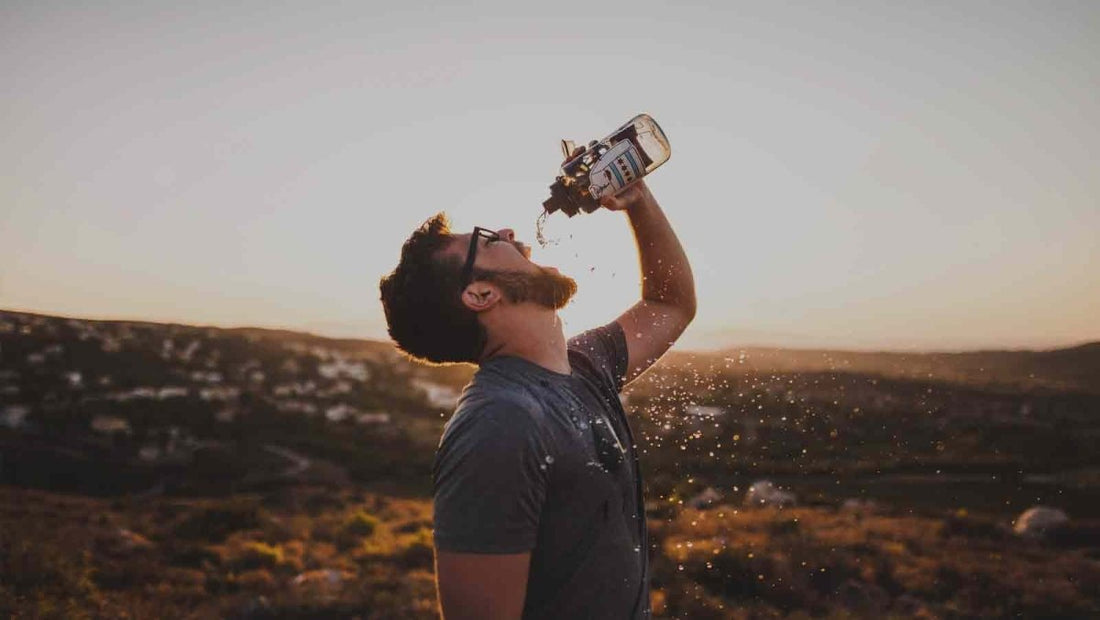
6 Ways to Purify Water While Backpacking and Hiking
Stay Hydrated on the Trail with These Water Purification Options
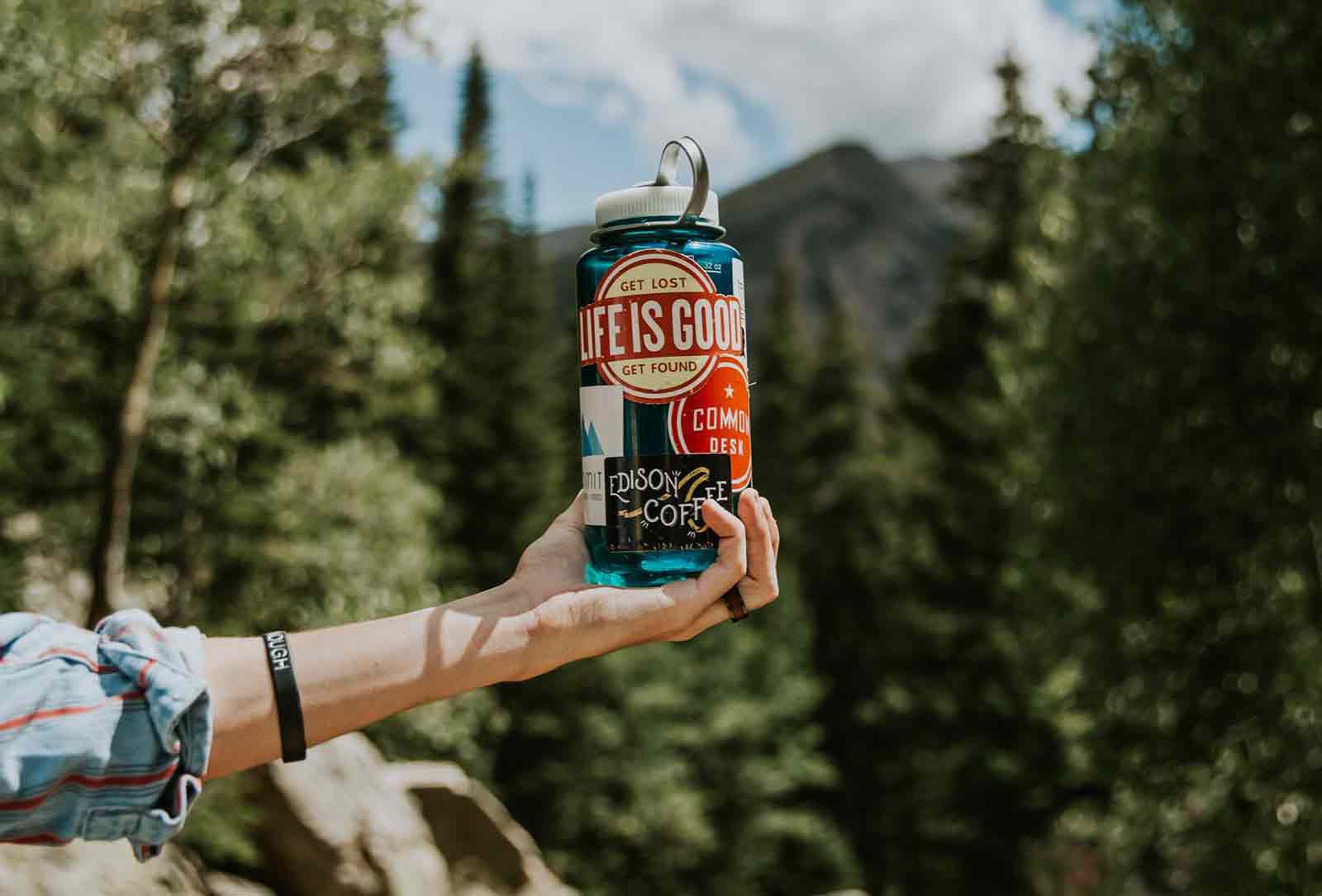
A long hike or multi-day backpacking trip requires plenty of hydration and unless you want to weigh down your pack with water you should plan on bringing a water filtration or purification method. The options for purifying water in the backcountry have never been lighter or easier with solutions ranging from ultralight squeeze filters to high tech UV purifiers. Here we will look at 6 popular options for purifying water on the trail, so you can keep hydrated and happy on your next hiking or backpacking trip.
Purify Water by Boiling

Boiling water before drinking is one of the most reliable ways to purify drinking water. The basic rule is to make sure you bring the water to a rolling boil for 1 minute at lower altitudes and 3 minutes at altitudes above 2000 meters. Boiling will eliminate bacteria, protozoa, and even viruses. The downside is you'll use up your cooking fuel and will need to wait for the water to cool down.
Best for: Silty Water, because the silt will settle during boiling allowing you to scoop clear water off the top.
Recommended Gear: MSR Windburner Stove
Water Purification Tablets
Chemical purification methods weigh almost nothing and are small enough to keep in your first-aid kit so you always have a way to purify water on the trail. Traditionally hikers used iodine tablets, but iodine wasn't able to eliminate Cryptosporidium and also left the water yellow and tasting funky. Today hikers prefer Chlorine Dioxide Tablets, which purify water with a highly active form of oxygen as they dissolve. The downside is needing to wait 30 minutes for the tablets to effectively neutralize Giardia and up to 4 hours when Cryptosporidium is a concern.
Best for: When going ultra-light is a priority or as a backup purification method.
Recommended Gear: Aquamira Water Purifier Tablets
Ultraviolet Light Water Purifier
Best for: International adventures and when viruses are a concern.
Recommended Gear: SteriPEN Adventurer Opti UV Water Purifier
Sip or Squeeze Water Filters
Sip or Squeeze filters offer a light-weight personal filtration solution. There are several popular variations available from simple straws that allow you to sip water directly from a water source or that include an optional squeeze bottle that attaches to the filter so you can squeeze water into containers. Most filters in this category filter out bacteria and protozoa via microscopic pores in the filter media usually .2 microns or smaller, but do not eliminate viruses.
Best for: Day hikes and as an ultra-light personal water source.
Recommended Gear: Sawyer Products Mini Water Filtration System
Pump Water Filters

Pump water filters are basically the same as a sip and squeeze filter with a pump mechanism attached. This allows you to quickly filter large quantities of water. Pump filters can require maintenance and can also be an expensive purchase. Most pump filters take care of bacteria and protozoa, but some higher-end models eliminate viruses by including iodine resin inside the filter.
Best for: Quicky filtering water for yourself or a small group.
Recommended Gear: Katadyn Hiker Pro Microfilter
Gravity Water Filters
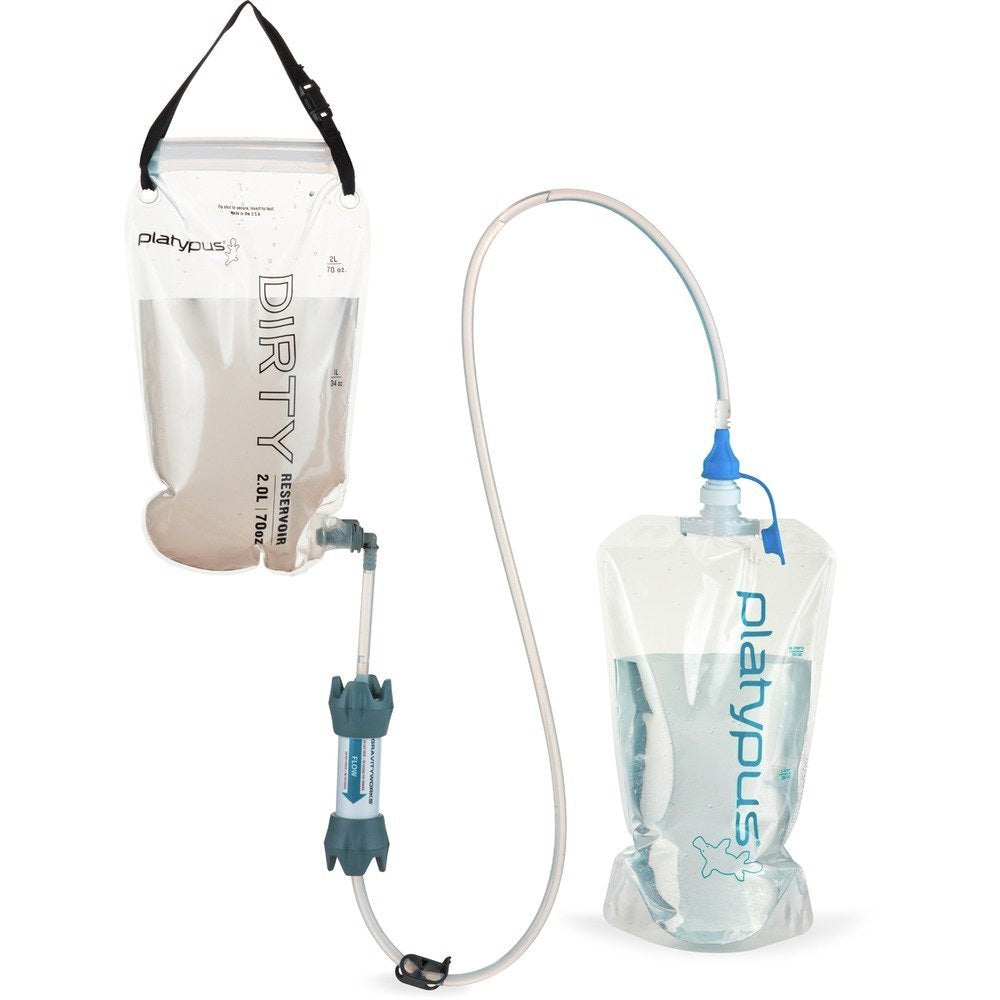
Gravity filters are perfect for large groups or when you have camp set up. You can fill the dirty reservoir and hang it from a tree branch and let gravity do all the work. Gravity filters eliminate everything a pump or sip and squeeze filter catches and the larger models can filter up to four liters of water in 3-4 minutes.
Best for: Filtering large quantities of water without the exertion of pumping.
Recommended Gear: Platypus GravityWorks Filtration System

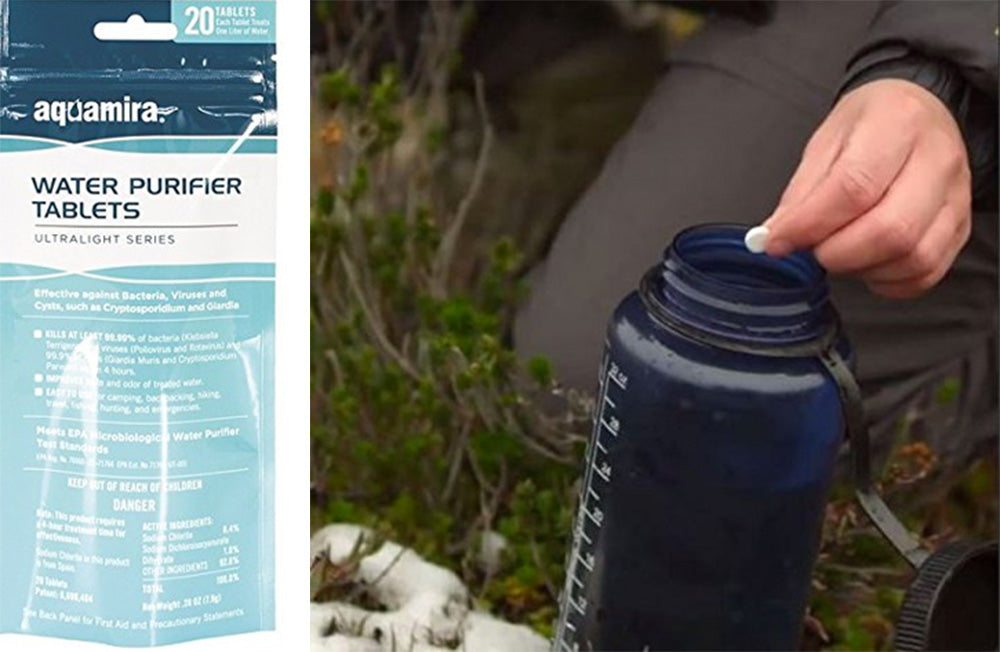
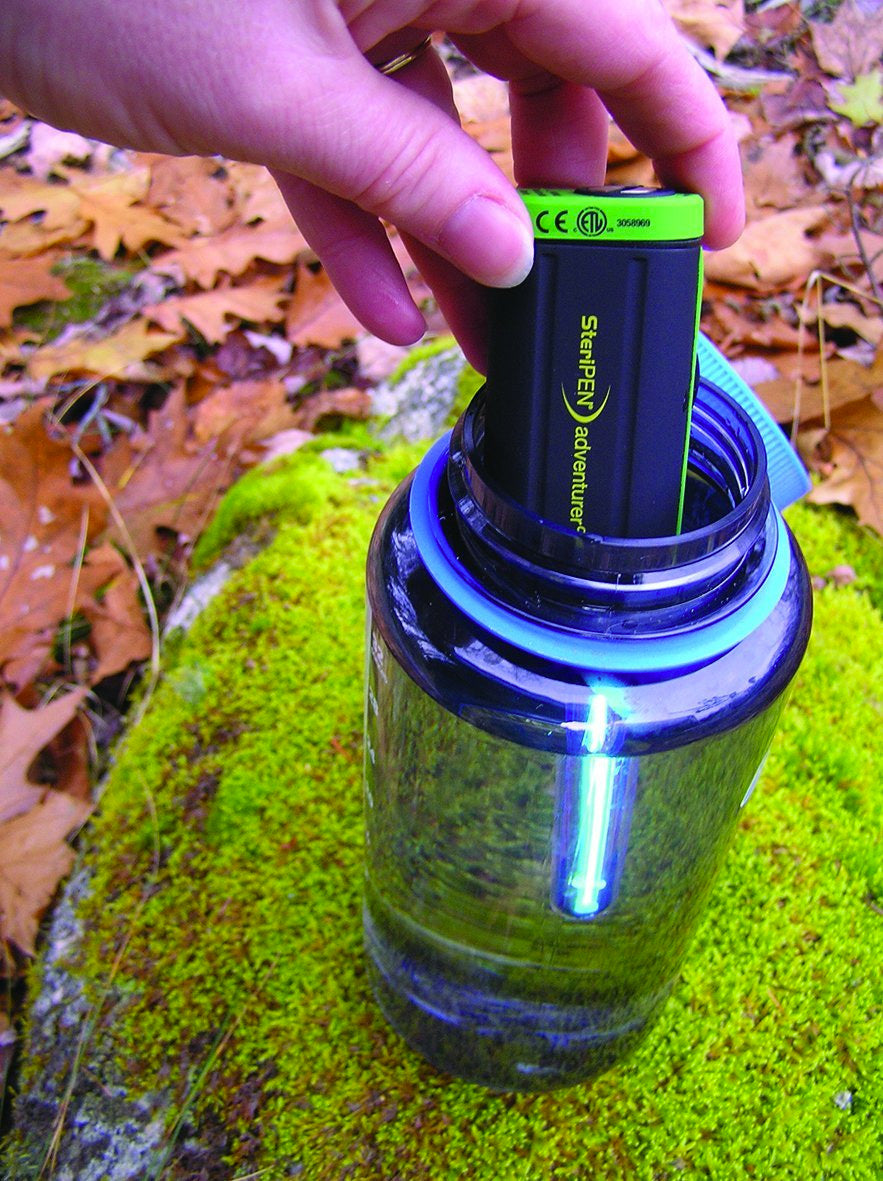
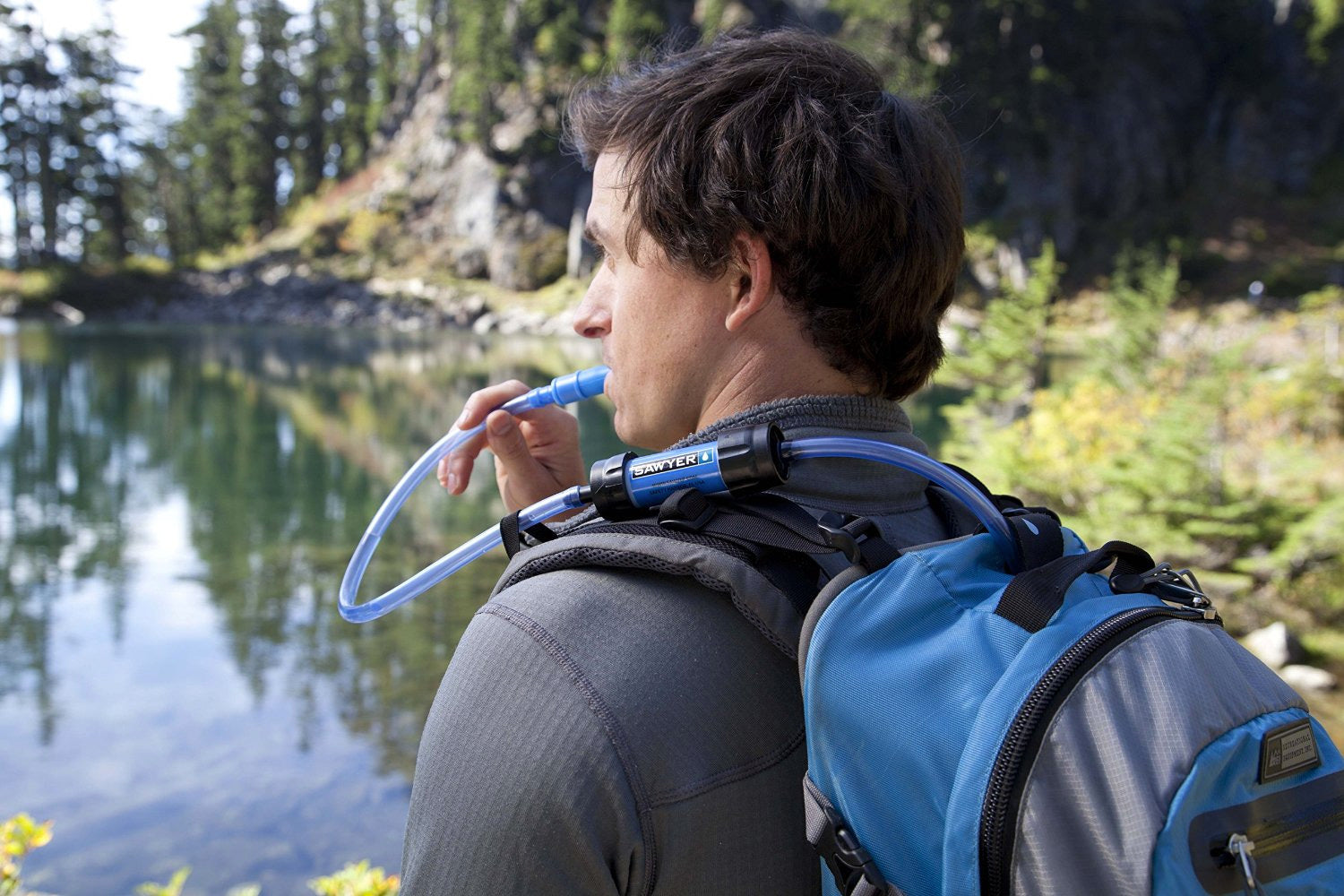
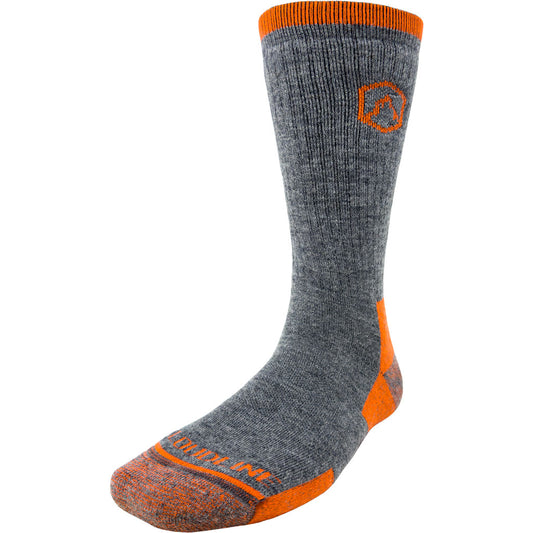
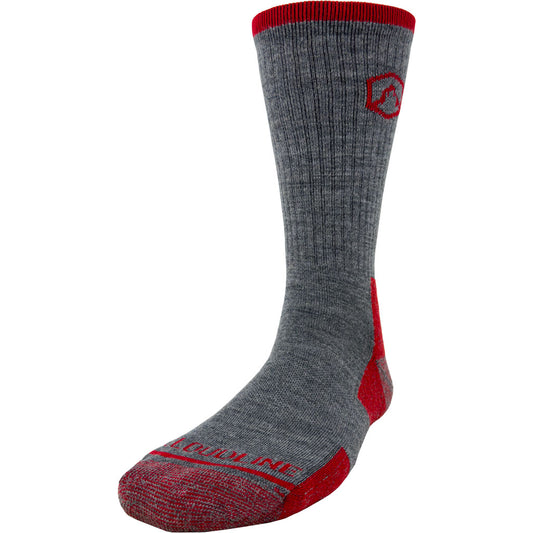
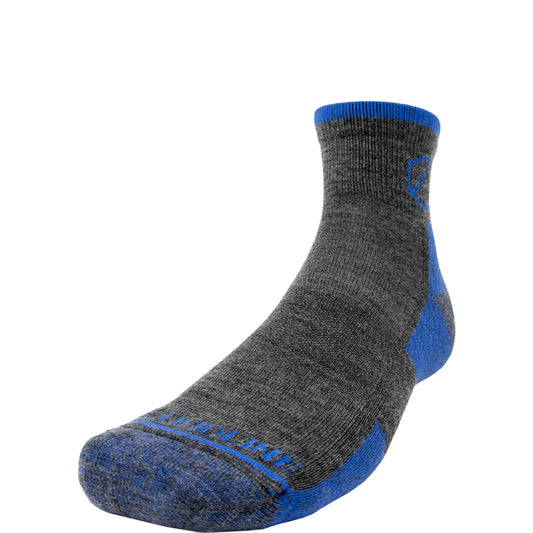
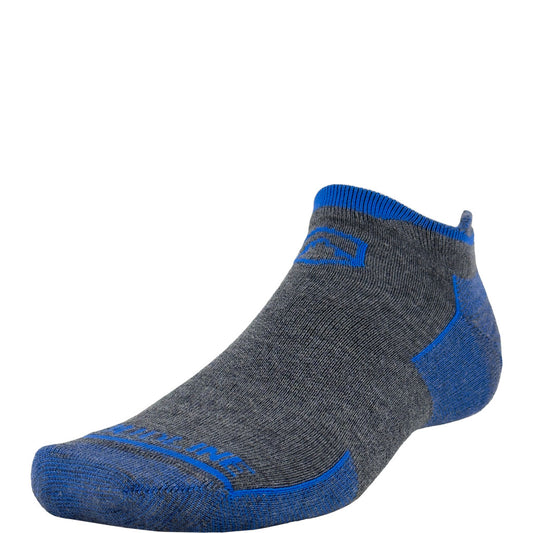
5 comments
Bleach does kill giardia. I do not know where you got your information. But I also agree that it does not kill Cryptosporidium. Fot this an application of hydrogen peroxide seems to work best.
Great information but you left out Pre-Filtering. Millbank Bags made from heavy canvas do a great job of removing floating debris and other nasties in the water before they get to your filters. This means you don’t have to back flush and clean filters as often. It will extend the life of your filters also. Pro Tip, Ray
I appreciate the shared experience. Some materials may be more sensitive to UV or chemical breakdown. We used collapsible containers on a 9 day canoe trip and found bleach caused them to start cracking in about 3 days. We used pumps instead but also put a coffee filter over the inlet with a rubber band which cost effectively extended expensive filter life.
Bleach kills neither giardia or cryptosporidium (paracites). It’s only good for bacteria.
You left out the easiest (and most cost effective!) one of all – a couple drops of bleach! The ratio is 2:1; 2 drops per 1 liter. Wait 30 minutes and you’re good to go! (pre-filter if murky, just like a steri-pen).